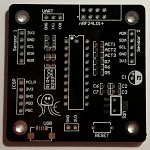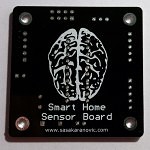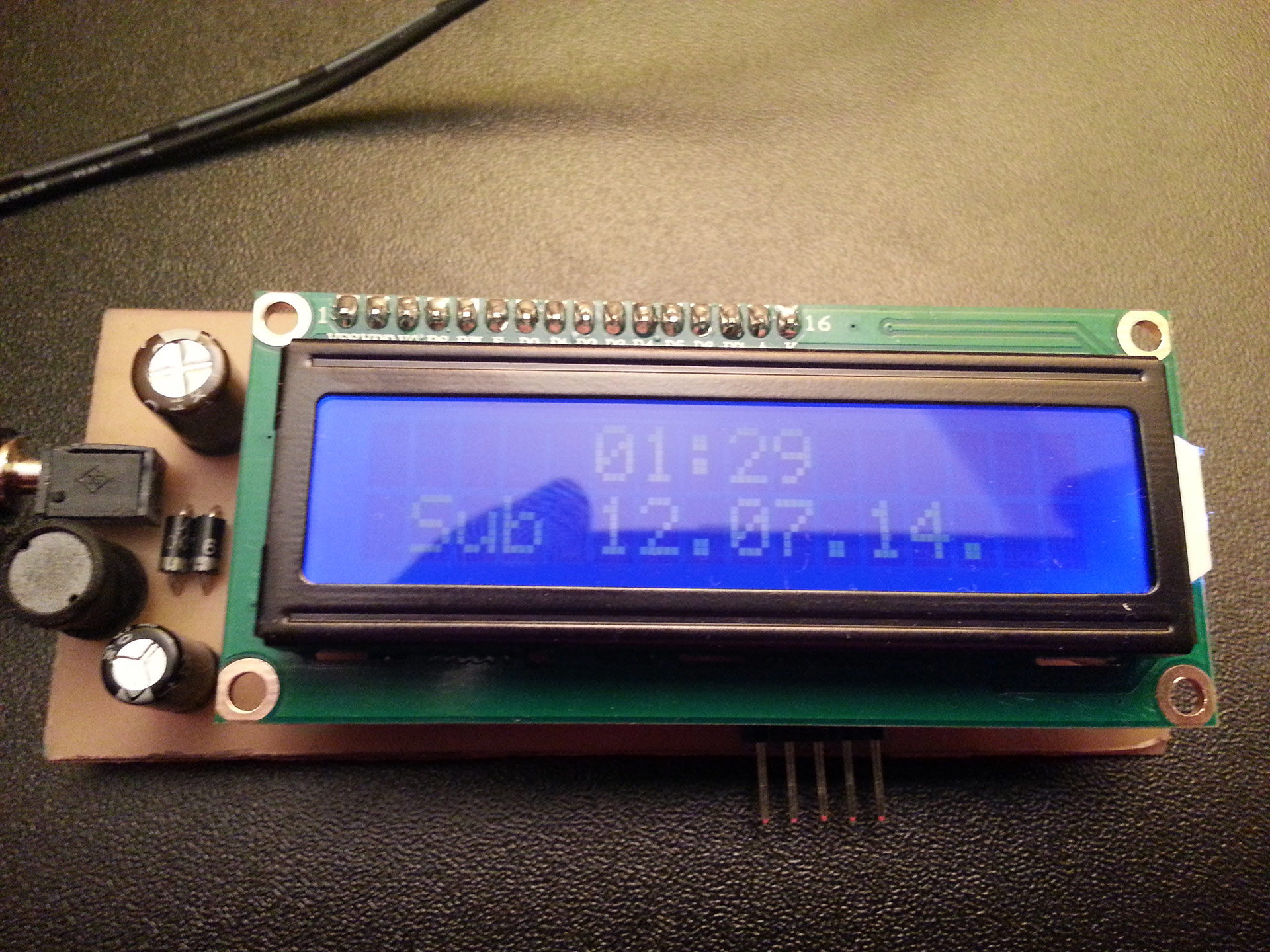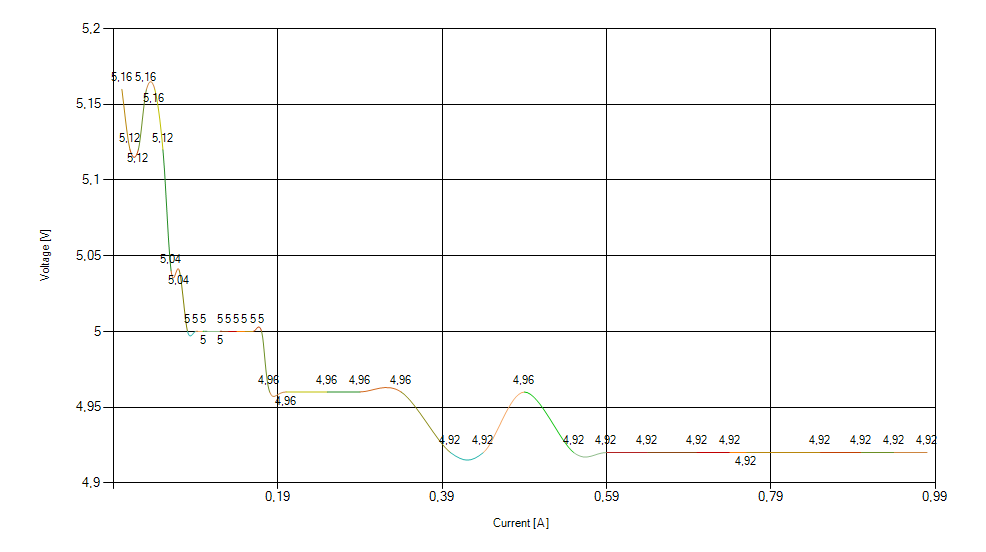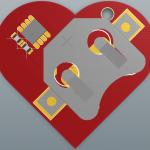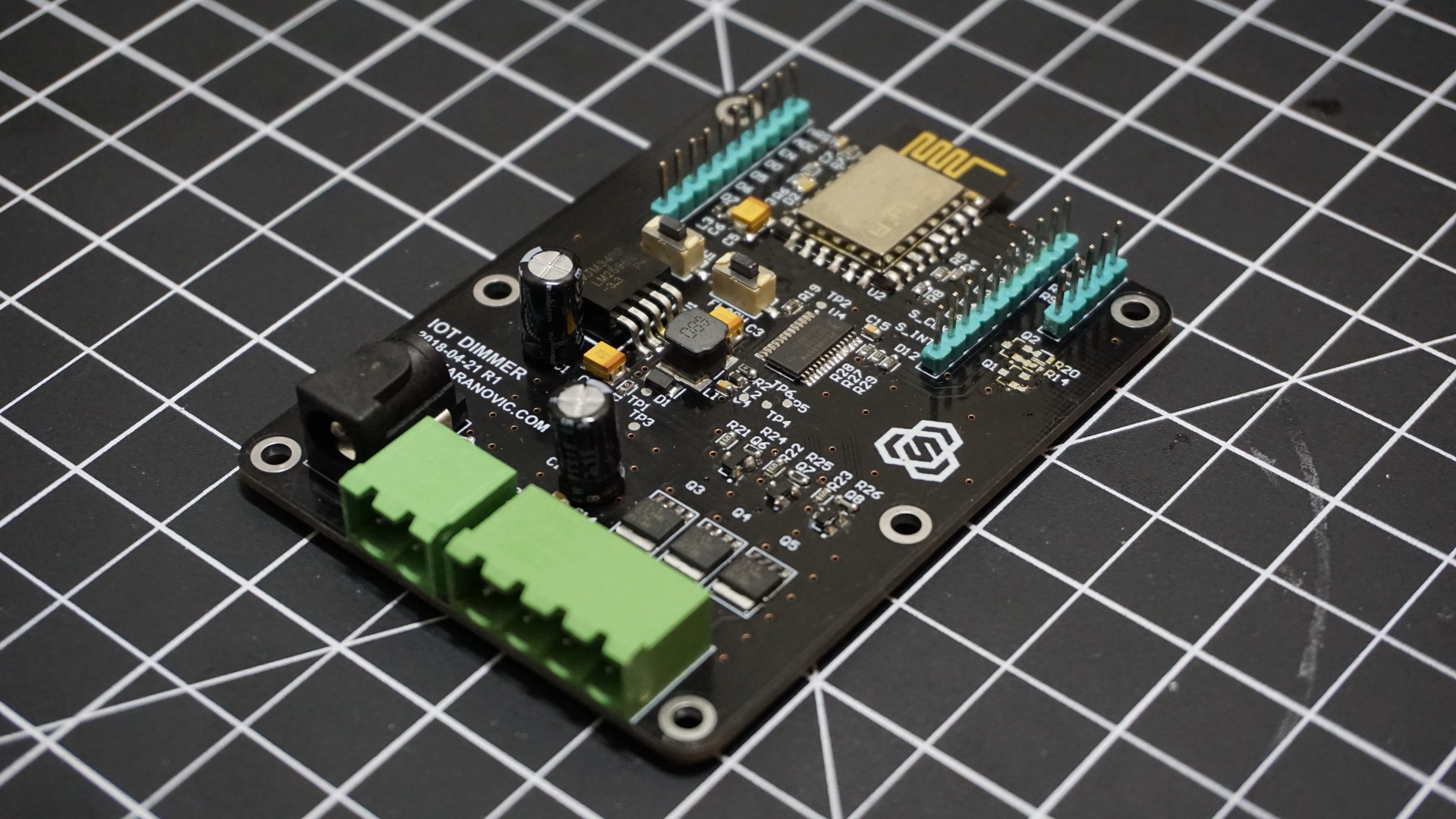
Making a IoT LED dimmer that you can control via your PC, phone, tablet or any other device connected to the network is super simple, and I’m going to show you how.
I’m sharing my three channel LED dimmer that you can use to dim single RGB LED strip or dim three separate LED channels. I want to be able to control lights above my desk and also mix warm white and cool white strip to give me more flexibility over lighting while I’m working, taking pictures or watching movies.
This is going to be a very short and very simple project that if you follow steps below, you can build it in an hour (excluding lead time for components).
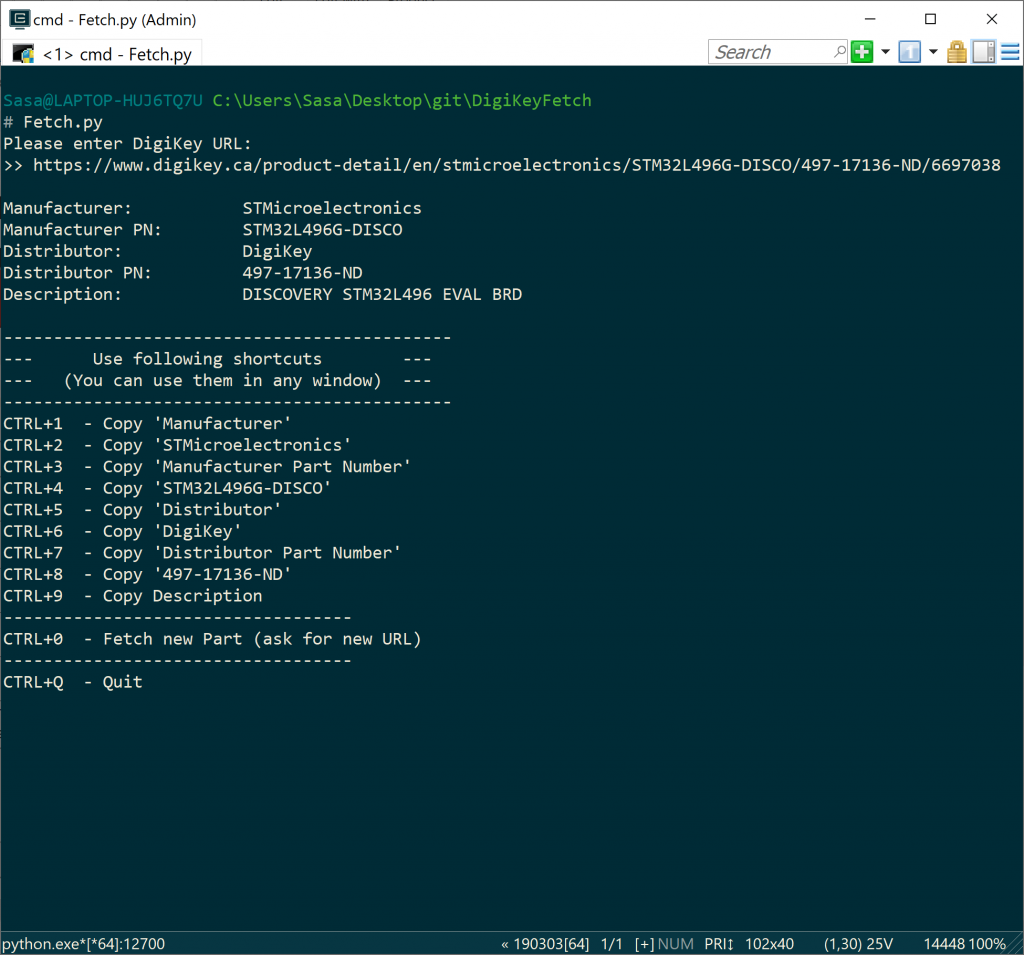
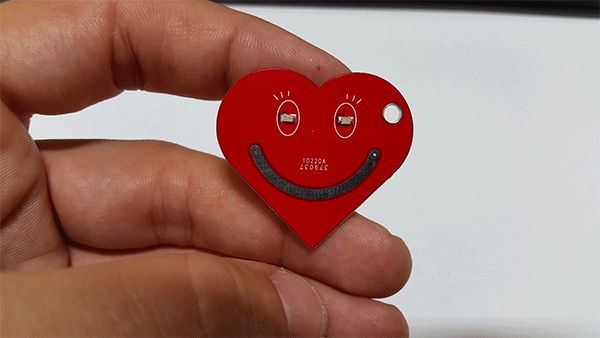
 Hello everyone! I have an exciting news to announce. As you may have noticed my blog has not been very up to date or had content published on regular basis. I am very sorry for that and I promise that going forward there will be regular content published here. Also I would like to give a HUGE THANK YOU to all of you who have visited my website on regular basis looking for new content. Thank you and a virtual high-five to all of you!
Hello everyone! I have an exciting news to announce. As you may have noticed my blog has not been very up to date or had content published on regular basis. I am very sorry for that and I promise that going forward there will be regular content published here. Also I would like to give a HUGE THANK YOU to all of you who have visited my website on regular basis looking for new content. Thank you and a virtual high-five to all of you!
